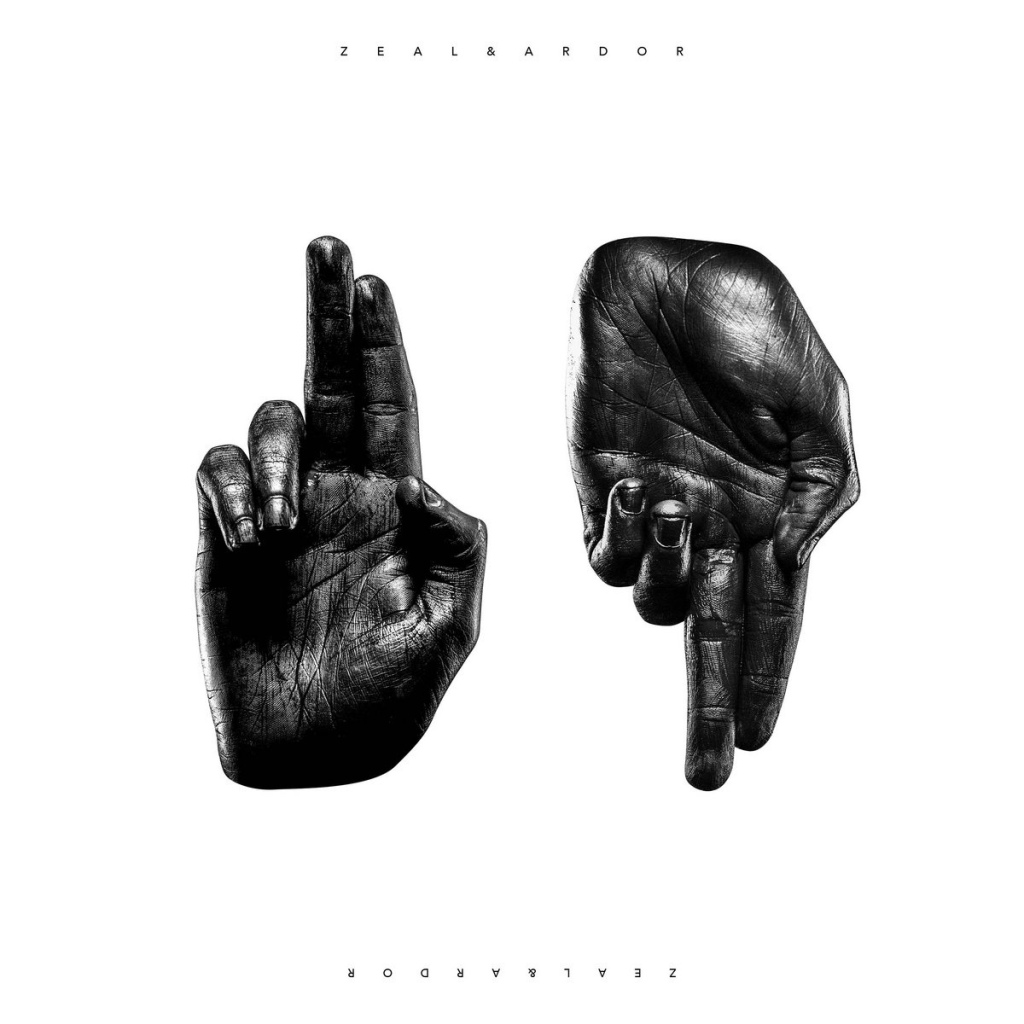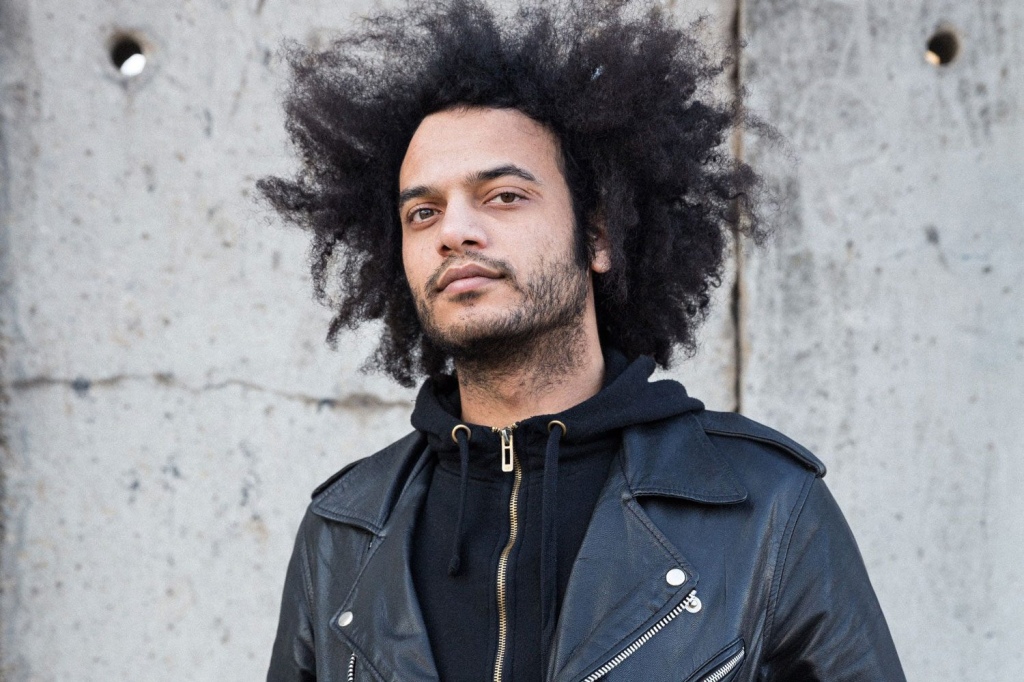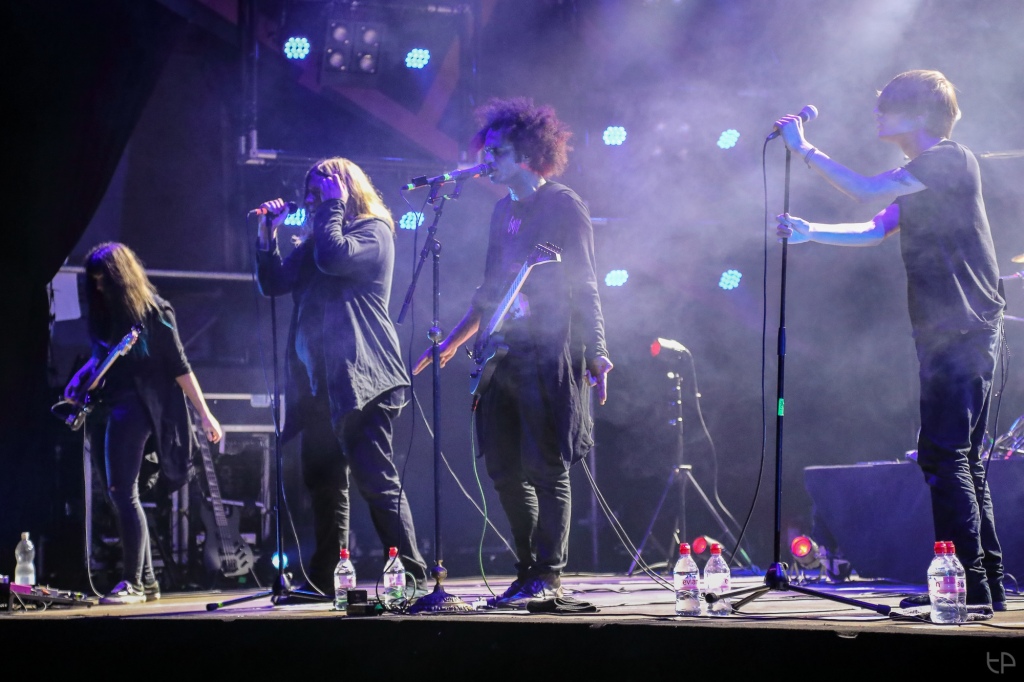
Upon hearing Zeal and Ardor for the first time, I declared them one of the most exciting new bands in heavy metal. Sporting a sound all their own, and a powerful backstory on their inception, their first two albums follow a story based on the idea that inspired the creation of the band…
What if African American Slaves Had Turned to Satan instead of God?
This idea infamously came from the suggestion of a racist online user to combine “black metal with n***** music”, but singer/guitarist/songwriter Manuel ran with it, using his anger as a driving force. After two albums, it became a question if this was going to be the only face of the project. But Manuel quickly denied those thoughts with an EP inspired by the murder of George Floyd.
Now, it is always unfortunate when a death is what sparks inspiration in an artist, but Manuel utilized his anger once again, and touched upon very important topics of inequality and injustice, not only current, but going back to the Tuskegee Experiments on black males. While following in the footsteps of his slavery inspired footsteps, modern topics required modern sounds, and it stepped away from the blues, gospel, and soul, towards an angrier, more metallic and industrial sound while still retaining those core elements. In a way, it freed the band up to refine their sound, and touch upon other topics and styles.

Musically, this is continued in the band’s recent self titled album. Lyrically, it continues the narrative of Devil is Fine and Stranger Fruit. It is about life after slavery. Life on the run. Most bands love to debut with a self titled album. And if they don’t, coming back to a self titled album later in their career can come across as a new era of the band, or just plain laziness. Luckily, in the case of Zeal and Ardor, it is definitely the former.
Manuel is no longer a solo artist. Zeal and Ardor is no longer a solo project. It is a full fledged band, and they come out on this album almost angrier than ever. Their namesake song works as an intro, but sets the mood very well. There’s no unnecessary waiting. Just pure build up to a huge one two punch, “Run” and “Death to the Holy”. These songs are packed with excellent riffs and vocal melodies. They’re catchy and heavy, and set the tone for the rest of the album.
“Emersion” slows things down, but in a beautiful way. Ambient, almost trip hop like at first, it has bursts of intensity similar to Deafheaven. “Golden Liar” has a wonderful western sound, inspired by the late great Ennio Morocone (The Good, The Bad and the Ugly), completing this slight dip in the album. Then it picks right back up with “Erase” and “Bow”, combining progressive, electronic, and industrial music with the groove inspired riffs and breakdowns we saw early on the album.
“Feed the Machine” takes the call and response style they are known for a feeds it through the industrial ringer. We see the strong Ministry and Nine Inch Nails sound through the keyboards and bass tones. “I Caught You” is the biggest surprise with its nu-metal, Korn and Deftones inspired feel. A standout track, and will become a standard for live sets I believe. “Church Burns” might sound the most like their previous two albums, but nestled in between so much aggression, it’s melodic sensibility feels nostalgic, and yet still so powerful.
“Götterdämmerung” is half sung in German and half in English, and feels so frantic after the previous track, but in a good way. According to Manuel, it was intentionally supposed to be a “bare bones song. No gimmicks, no frills, no distractions, just rage”. “Hold Your Head Low” on the other hand is an excellent track with dynamics, transitions, builds ups, climaxes, and was inspired by Opeth, also according to Manuel. This in all honesty could have been the proper album closer. I don’t feel like the last two tracks add much after this beauty.
The last two tracks are abbreviations. The first is “J-M-B”, which stands for “Jazz, Metal, Blues”, which is a good description. A quick two minute song with an upbeat riff that leads into its jazzy guitar solo. It’s problem is that it ends not long after becoming interesting, and feels like it could have been a part of another song. This is followed by “A-H-I-L“ which is just a keyboard driven instrumental outro. If it wasn’t blindsighted by “J-M-B”, it could have been a powerful finish after “Hold Your Head Low”, and “J-M-B” could have been a great bonus track or b-side.

That is a small gripe however in a 43 minute album that flies by so quickly. Zeal and Ardor are becoming an extremely consistent act and are slowly pushing themselves to dominate the genre with their forward thinking and deep understanding of all the music that has come before them. I don’t know if I’d say it’s the best album yet, but wouldn’t have any good arguments against anyone who did. The first thought I had upon hearing how aggressively they come out on the first few tracks was “Zeal and Ardor are hell bent for world domination”. Or at least to be a leading figure of heavy metal. And the way things are going, I have absolutely no problem with that.

